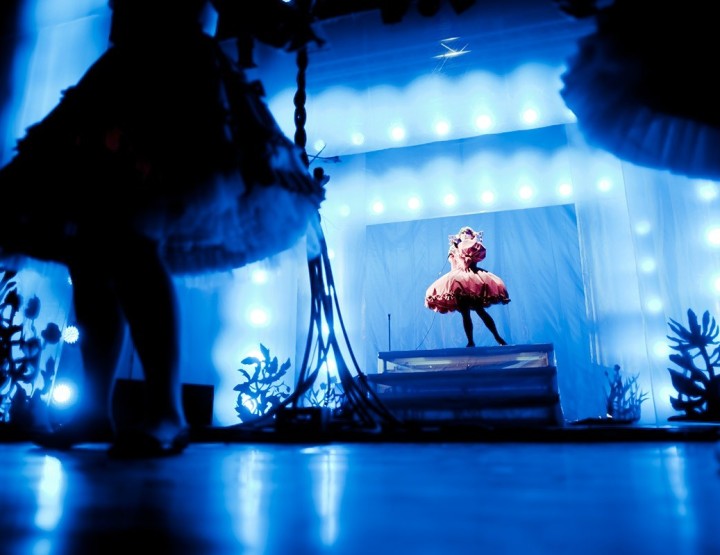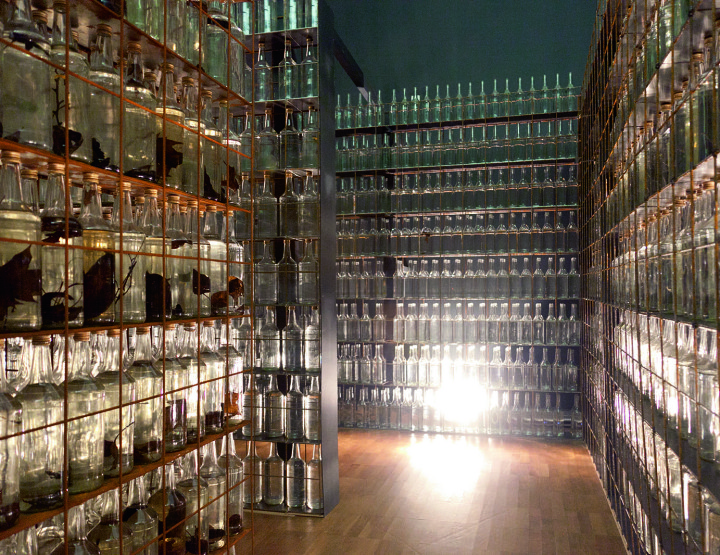Eero Epner (EE): In following the political situation in Hungary, I cannot resist the temptation to ask a simple question: What the hell is going on? Hungary has been kind of a symbol of Europe, or at least central Europe, and therefore one has the right to presume that ‘European values’ will be preserved there. But obviously not. What is your personal opinion of what is happening in Hungary, and why is it happening?
György Szabó (GS): It is very simple. Orban, our PM, is an obsessed person. He is addicted to political power. He has shown a great deal of talent in political games and has an exquisite sense of repositioning himself from time to time. He is a master of discrediting anybody in the opposition and even members of his own intimate political circle. But the biggest tragedy for Hungary is that he is incapable of governing with patience, being a political figure with a short temper. This dominant trait – impatience – has ambushed him, not leaving him any time to deal with the demanding, long-term economic and social process. He wants to find quick solutions to everything. This regal attitude raises him above society, dimming his ability to see reality. Although he may have a good idea, without enough time it can only be a mirage. He isn’t able to work together with serious experts over longer time periods. A professional is fully aware of the necessity of time in attaining important social goals.
EE: How has Orban’s policy affected the cultural policy of Hungary?
GS: After the failure of his first reign, he dropped culture and stopped caring about it. He considered the cultural elite a political hindrance. It’s obvious that there is no analysis behind any of his decisions. He condemns thoughtful voices, especially in Budapest, the sin city. Under the rule of Gábor Demszky, the liberal cultural era never triumphed over Orban’s power. So this layer of society is his enemy. He has pushed them aside in recent months.
EE: What is the artist’s responsibility in this kind of situation?
GS: The artist should never serve politicians. The artist can only serve freedom. Where there is no freedom, you cannot find public art; art exists only in little cells, at certain moments, and in underground movements.
EE: You were fired a couple of weeks ago. I’ve been following the situation a little bit and it seems that we can speak of the conflict not between individuals (or maybe that as well), but between two different discourses, or two different ways of thinking about culture. On one side are clearly those who would like to ‘open the doors’, invite in more ‘domestic artists’ and attach themselves more to the countryside and to ‘understandable’ art pieces, such as stand-ups or children’s theatre. On the other side are those who believe in another way of thinking about art. Do you agree with this idea of separation, and how would you describe this second way?
GS: I guess your analysis is correct. Certain artists are always ready to collaborate. Theatre directors are always appointed by politicians in Hungary. But now that pluralism has been weakened, this political service by artist-clients is a much bigger sin than in a balanced political world. This is a serious sin and the consequences will be even more serious.
EE: Boris Groys writes in his essay The Curator as Iconoclast (2007): “The independent curator is a radically secularized artist. He is an artist because he does everything artists do. But he is an artist who has lost the artist’s aura, who no longer has magical transformative powers at his disposal, who cannot endow objects with artistic status. He doesn’t use objects – art objects included – for art’s sake, but rather abuses them, makes them profane. Yet it is precisely this that makes the figure of the independent curator so attractive and so essential to the art of today.”
How would you describe the role of the curator in contemporary art/theatre/dance? And what have been your personal starting points for curating?
GS: As a curator, I do not stand with the artists but I serve them. I keep a distance. This was my sin and the reason I was fired. To me, the most important thing is that the artist resonates with the outer world that surrounds us. To me, the artist’s main role is to take responsibility and to set forth what our society cannot reveal or predict, something that is already clear to the artist from the state of society but that is still invisible to the public.
EE: Arguments similar to those surrounding the Trafó ‘case’ are also being used in the Tallinn Art Hall, which was taken over by a new director, who sacked all the curators and talks about the need to ‘bring art closer to the people’, because “when the visitor numbers of an exhibition at an art hall are under five hundred, it shows how much people are no longer used to going to an art exhibition” and “the Art Hall is increasingly orientated towards a niche audience.” By niche exhibitions she means those “that are clearly targeted at a minority group, whether gays or feminists or …”*. Is all of Europe and its art getting more and more conservative? Why?
GS: Because globalism happened too quickly in our region and people feel that this competition will defeat them, that these new economic and cultural transmissions will force them into unbearable competition. They feel feeble and vulnerable. For them to stand on their own feet again will require some common element, a new base that connects people, makes them stronger and that can revive this lost community’s feeling of a new common foundation. Supranational capitalism ignores the people, and serves only a small layer of entrepreneurs, whose only aim is to maximise their profit. This new slavery is the cradle of a new conservatism that appeals to people’s emotions but never serves their interests. But emotions always override sensibility. This empirical formula changes only after great wars.
EE: How can we fight against this? What should the resistance look like?
GS: Resistance is basically an existential question for many people. The average citizen lives in poor or even very poor conditions. Resistance that depends on state resources is impossible. The market also cannot provide adequate shelter. Everybody can be crushed easily through different tricks. Anonymously, you can do very little. Fighting to get your name out to the public often means that the power structure can swoop down on you at any time and in any way.
EE: Do you agree that an artist today needs to think not only in terms of ‘personal’ or ‘political’, but also in terms of ‘public’, and instead of politics the artist should think about ‘cultural policy’? What I mean is that public opinion and cultural policy are no longer outside of the art discourse, something which an artist can use and reflect, but are now one integral part of it: the public sphere is written into art more strongly than ever. Or am I exaggerating?
GS: Yes, I agree. A responsible high-level artist cannot continue working as in the past. He or she must reflect on the changed circumstances and this reflection must appear in their work. The ambient is the connection of the artist to the society. He or she must breathe with the people and their problems. Those who avoid this role are not interesting to me because remaining in silence means that they are collaborators with the power structure. That is dangerous, because the artist is then supporting injustice. That is betrayal. Betrayal cannot lead to a state of freedom. I know this is a radical view-point.
EE: What are your personal plans for the future?
GS: I have to find a job wherever I can, in or beyond art. I can even imagine working outside the Hungarian borders. Maybe in Finland. If you want to open a Trafó in Helsinki, I’ll be there. I like Helsinki. I am optimistic and trust in my creativity and my fame. I get hundreds of ‘condolences’ from known and unknown people saying I do excellent work.
EE: Do you still hope that things get better? Why?
GS: We must be positive. We must be cats. A cat always lands on her feet.
* Quotes by Karin Hallas-Murula, new director of the Tallinn Art Hall, in ‘Karin Hallas-Murula teeb kõik, et kunst ei peletaks’, Postimees, 19.10.2011
For 13 years, György Szabó was head of the Trafó Contemporary Art Centre in Budapest. Trafó became known as one of European leading production houses and performance venues, which gathered artists, choreographers and groups across the continent. At the beginning of the current year, Szabó was unexpectedly sacked by the city government. Many regard this as yet another culture-hostile step by the conservative Hungarian government. Szabó was replaced by a dancer with no experience in heading any institution, who has already announced that Trafó was ‘too international’ by presenting art that people could not understand. The new boss also promised to pay more attention to serving the public. All this has attracted international attention and many prominent artists, theatre directors, producers and choreographers have joined in the protests.




